Capturing the essence of animals and insects through art is a timeless pursuit – Realistic vs Stylized Animal Art – bridges scientific observation with creative expression. Whether you’re sketching a monarch butterfly or sculpting a stylized fox, the question often arises: should your work lean toward realism or embrace stylization? This post explores the strengths of both approaches, helping artists make informed choices based on their goals, audience, and personal style.
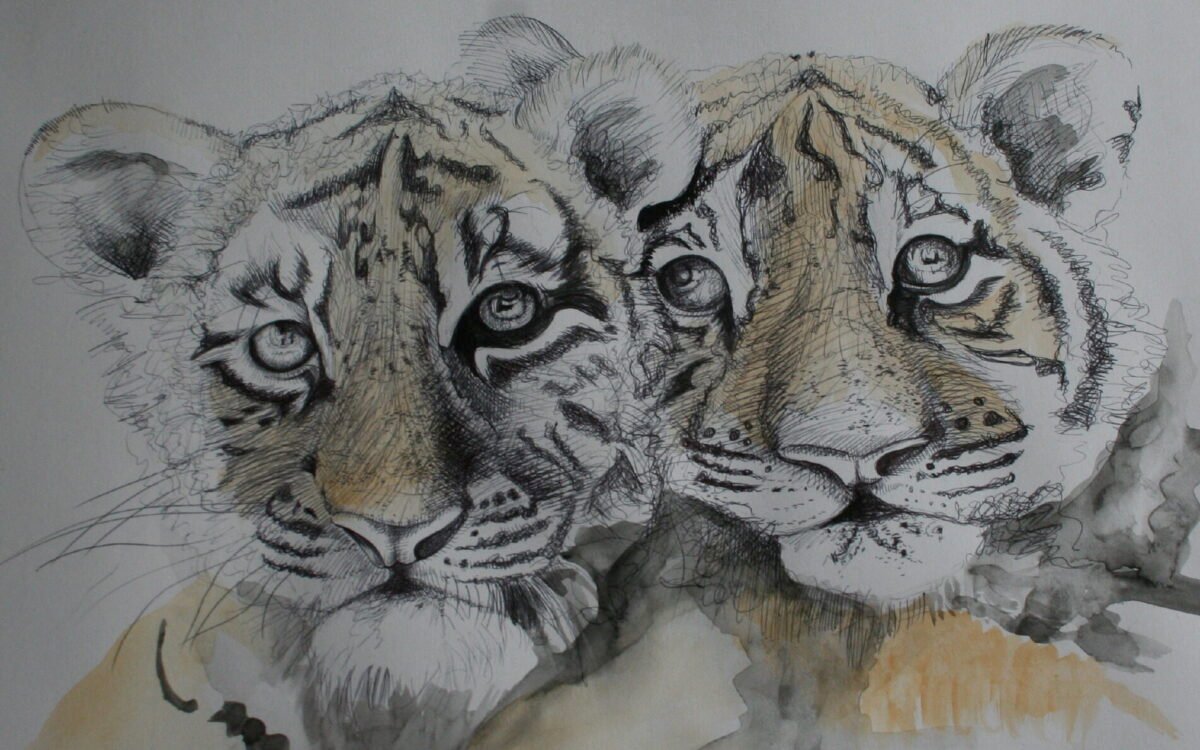
credit: TARTANFISH
Understanding Realism in Animal Art
Precision Meets Purpose
Realism in animal art is more than aesthetic—it’s a commitment to truthful representation. This approach emphasizes anatomical accuracy, lifelike detail, and faithful observation. Whether used for education, documentation, or personal expression, realism helps bridge the gap between art and science.
Benefits of Realistic Depiction
Why Accuracy Matters
Realistic animal art offers a range of practical and artistic advantages:
Educational Value
Detailed depictions help viewers understand:
- Species-specific anatomy
- Behavioral traits and postures
- Environmental adaptations
This makes realism a powerful tool for learning and teaching.
Credibility
Artists who master realism often gain recognition for:
- Technical precision
- Observational depth
- Dedication to research and reference
Realism builds trust with audiences who value authenticity.
Reference Utility
Realistic illustrations serve as visual aids for:
- Researchers and scientists
- Educators and students
- Nature enthusiasts and field observers
They provide clarity where photographs may fall short—especially in highlighting key features or behaviors.
Sketchbooks.org | VISUAL RESEARCH HUB
Realistic Animal Art Sketches
Visual research is critical for any creative endeavor. We have compiled specialized links to lead you directly to images, videos, and inspiration for "Realistic Animal Art Sketches" across the web's best visual search platforms.
When Realism Works Best
Contexts That Demand Accuracy
Realism shines in settings where clarity and correctness are essential:
Field Guides and Nature Journals
Used for species identification, these resources rely on:
- Clear anatomical markers
- Accurate coloration and posture
- Consistent scale and labeling
Realistic sketches help users distinguish between similar species.
Commissioned Wildlife Portraits
Clients often expect lifelike renderings of:
- Beloved pets
- Favorite wild animals
- Memorial tributes
Realism adds emotional resonance and personal connection.
Scientific Illustration
In biology, entomology, and zoology, realism is used to:
- Document species morphology
- Highlight anatomical structures
- Support academic publications and museum exhibits
These illustrations must be both beautiful and biologically correct.
Sketchbooks.org | VISUAL RESEARCH HUB
Stylized Animal Art Sketches
Visual research is critical for any creative endeavor. We have compiled specialized links to lead you directly to images, videos, and inspiration for "Stylized Animal Art Sketches" across the web's best visual search platforms.
Exploring Stylized Animal Art
Interpretation Over Imitation
Stylized animal art invites artists to move beyond realism and embrace interpretation. Through abstraction, exaggeration, and symbolic representation, stylization allows you to emphasize emotion, movement, and personality. It’s a creative playground where anatomy takes a back seat to expression.
This approach is especially popular in animation, children’s books, editorial illustration, and conceptual design—fields where storytelling and mood matter more than biological precision.
Advantages of Stylized Depiction
Why Stylization Stands Out
Stylized animal art offers unique benefits that go beyond aesthetics:
Creative Freedom
You’re free to bend proportions, simplify forms, and amplify gestures. This flexibility lets you:
- Capture emotion with exaggerated poses
- Invent creatures that blend fantasy and reality
- Explore cultural or symbolic meanings through design
Stylization encourages play and experimentation.
Visual Impact
Bold shapes, vibrant colors, and imaginative forms make stylized art instantly recognizable. It’s ideal for:
- Catching attention in crowded visual spaces
- Creating memorable characters and motifs
- Enhancing storytelling through design choices
Stylized work often communicates more with less.
Brand Identity
Developing a unique style helps you:
- Build a recognizable portfolio
- Attract niche audiences or clients
- Stand out in competitive creative fields
Stylization becomes part of your artistic fingerprint.
Ideal Contexts for Stylization
Where Stylized Animals Shine
Stylized animal art thrives in environments that value personality, clarity, and emotional resonance.
Character Design
From games to cartoons, stylized animals are storytelling staples. They’re used to:
- Convey traits like bravery, mischief, or wisdom
- Fit into specific visual worlds or genres
- Appeal to audiences of all ages
Think of iconic characters like Simba, Pikachu, or Toothless—each stylized for impact.
Editorial Illustration
Stylized animals are often used metaphorically in:
- Magazine spreads
- Blog visuals
- Opinion pieces
They help convey mood, theme, or commentary with clarity and charm.
Decorative Art
Stylized insects, birds, and mammals appear in:
- Textile patterns
- Surface design
- Stationery and home goods
These designs prioritize rhythm, repetition, and aesthetic appeal over realism.
Finding Your Balance: Realism vs Style
The Power of Hybrid Expression
Many artists find their voice not in choosing realism or stylization, but in blending the two. This hybrid approach allows for work that feels both emotionally resonant and visually grounded. By combining anatomical accuracy with expressive exaggeration, you can create art that speaks to both the heart and the intellect.
This balance is especially powerful in animal art, where gesture, personality, and biological structure all play a role. A stylized fox with realistic fur texture, or a scientifically accurate bird rendered with bold, graphic shapes—these combinations invite viewers to connect, learn, and feel.
Tips for Blending Approaches
Start with Observation
Before bending the rules, understand them. Use real-life references—photos, videos, or field sketches—to study how animals move, rest, and interact. Observation builds a foundation of truth that supports even the most whimsical stylization.
Simplify Thoughtfully
Stylization doesn’t mean abandoning structure. Reduce detail strategically, keeping essential features like silhouette, posture, and key anatomical landmarks. This helps your work remain recognizable while allowing room for creative interpretation.
Experiment with Mediums
Different tools lend themselves to different balances:
- Watercolor can soften realism with expressive washes
- Ink offers bold outlines and stylized contrast
- Digital tools allow layering, blending, and hybrid workflows
Medium choice can guide how much realism or abstraction you lean into.
Consider Your Audience
Tailor Your Approach to Context
Understanding who you’re creating for can help you decide how much realism or stylization to include.
- Scientific Communities
Prioritize realism for clarity, accuracy, and educational value. Stylization may be used sparingly to highlight key features. - Art Collectors and Designers
Often drawn to stylized work for its uniqueness, emotional tone, and decorative appeal. A strong personal style can be a selling point. - Online Viewers
Stylized pieces tend to perform better on social platforms due to their visual punch and shareability. Bold shapes and color palettes catch the eye quickly.
Sketchbooks.org | VISUAL RESEARCH HUB
Realistic Stylized Animal Art
Visual research is critical for any creative endeavor. We have compiled specialized links to lead you directly to images, videos, and inspiration for "Realistic Stylized Animal Art" across the web's best visual search platforms.
Techniques for Realistic Animal Drawing
Build Accuracy Through Study
Realism requires patience and precision. These techniques help you capture lifelike detail:
- Use High-Quality References
Study photos, videos, and live animals when possible. Pay attention to lighting, posture, and texture. - Focus on Anatomy
Learn skeletal and muscular structures. Understanding how joints move and how weight is distributed improves believability. - Master Light and Texture
Realistic shading and surface detail—fur, feathers, scales—bring your subject to life. Practice rendering different materials under varied lighting conditions.
Techniques for Stylized Animal Art
Expressive Design with Intent
Stylization is about interpretation. These techniques help you push beyond realism while maintaining clarity and charm:
- Play with Proportions
Exaggerate features like eyes, tails, or limbs to convey emotion, personality, or narrative. - Use Symbolism
Represent traits through color, shape, or pattern. A red fox might symbolize cleverness; a geometric bird might evoke freedom. - Develop a Signature Style
Consistency in line work, palette, and form builds recognition. Your style becomes a visual language that audiences learn to trust and love.
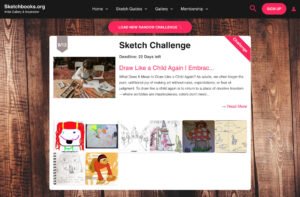
Sketchbooks.org | ART REPORTING | NEWS
Take a Sketch Challenge | Overcome Artist Block
Are You Staring at a Blank Page? ... pen in hand, and feeling... nothing? That frustrating wall known as artist's block can halt even the most inspired creators. But what if there was a simple,...
Frequently Asked Questions
What is the difference between realistic and stylized animal art?
Realistic art focuses on accurate anatomy and detail, while stylized art emphasizes creative interpretation and abstraction.
Can I combine realism and stylization in one piece?
Yes, many artists blend both to create expressive yet recognizable work.
Is realistic drawing better for scientific illustration?
Absolutely. Scientific fields rely on realism for accurate documentation.
What mediums work best for stylized animal art?
Digital tools, ink, and watercolor are popular for stylized approaches due to their flexibility.
How do I develop a unique style for animal illustration?
Study various styles, experiment with exaggeration, and refine consistent visual elements.
Are stylized drawings less respected than realistic ones?
Not at all—stylized work is highly valued in creative industries like animation and publishing.
Should beginners start with realism or stylization?
Starting with realism builds foundational skills, but stylization can be explored early for creative growth.
What role does anatomy play in stylized art?
Even stylized art benefits from basic anatomical understanding to maintain believability.
How do I choose between realism and style for a project?
Consider your audience, purpose, and personal strengths before deciding.
Final Thoughts
Whether you lean toward realism or stylization—or dance between the two—drawing animals offers endless opportunities for growth and expression. Realism teaches discipline and observation, while stylization invites imagination and individuality. The best approach is the one that aligns with your creative goals and resonates with your audience. Keep exploring, keep sketching, and let your art evolve naturally.
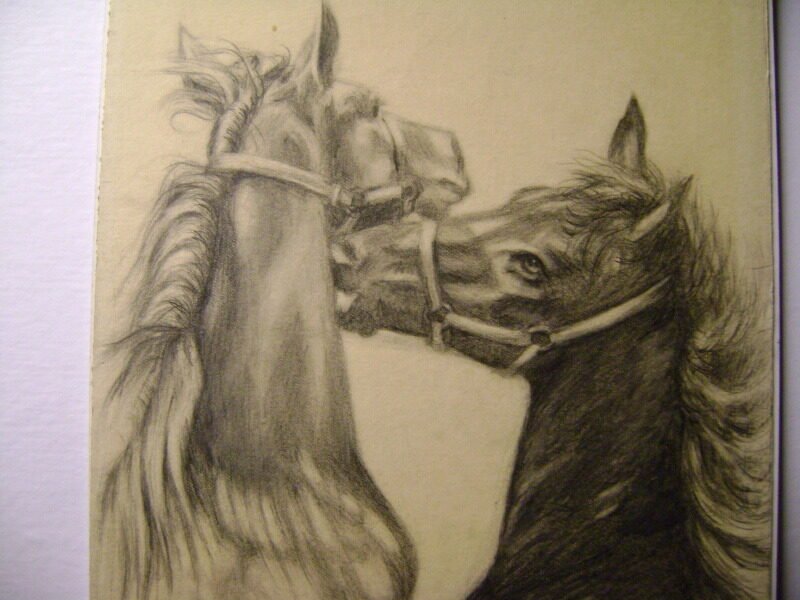
credit: MCCOYS
Ready to Share Your Work?
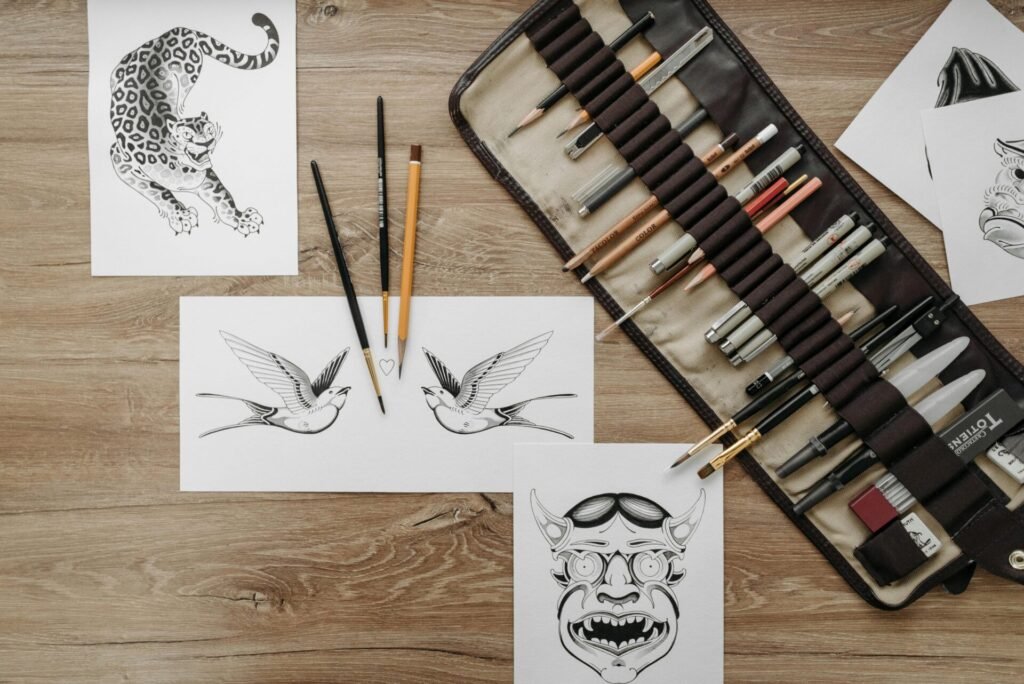
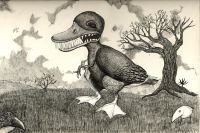
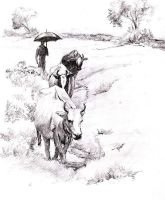
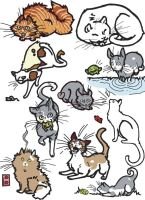
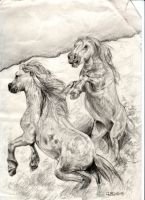
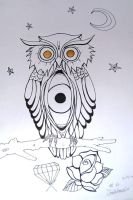
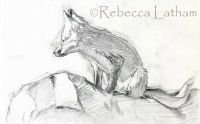
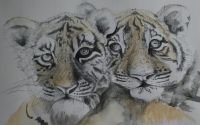
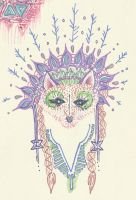
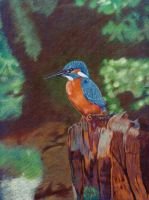
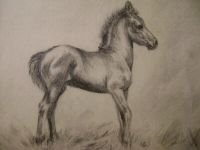
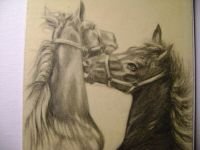
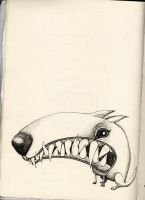

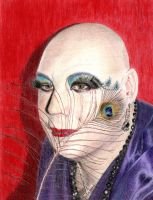

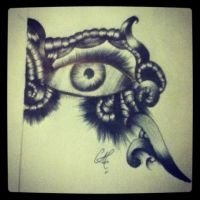
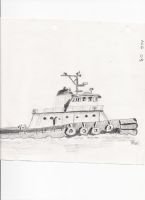
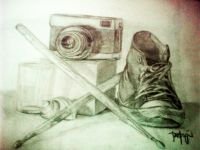
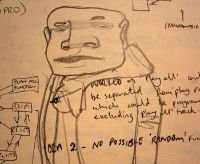
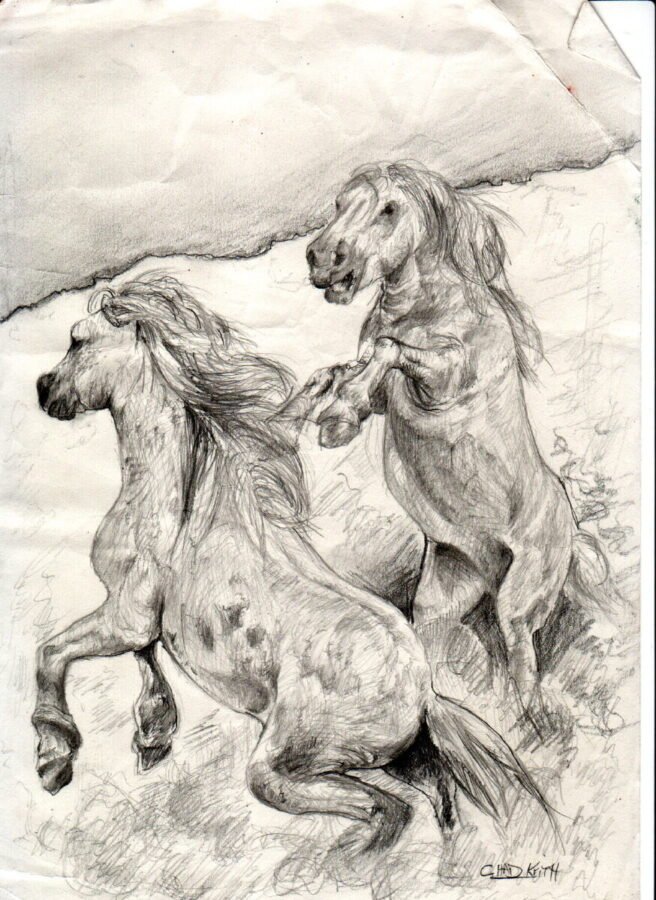
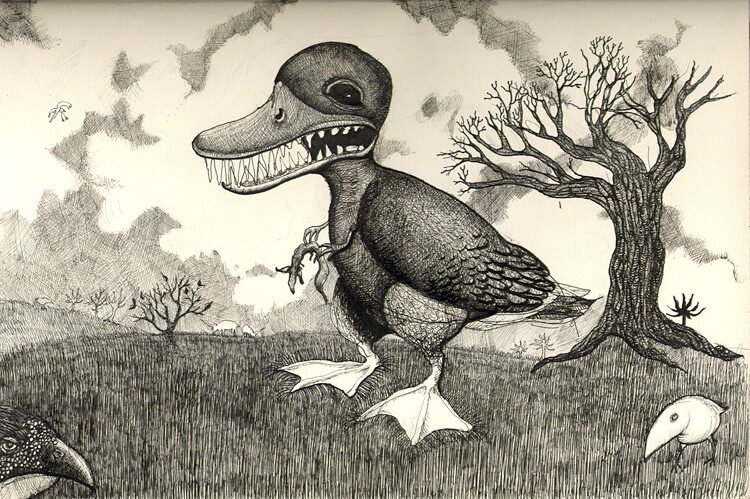
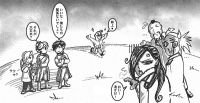
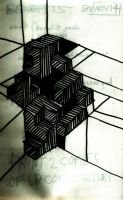
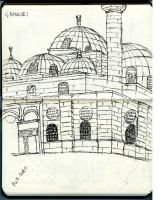
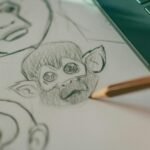
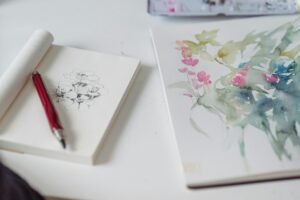
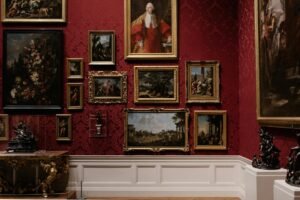
This is the question about any subject.. do I go real or crazy vision?
I prefer real, but sometimes I go into the unknown just because my mind wanders and I start adding things and soon it’s some new animal that kind of looks like the one I started with.